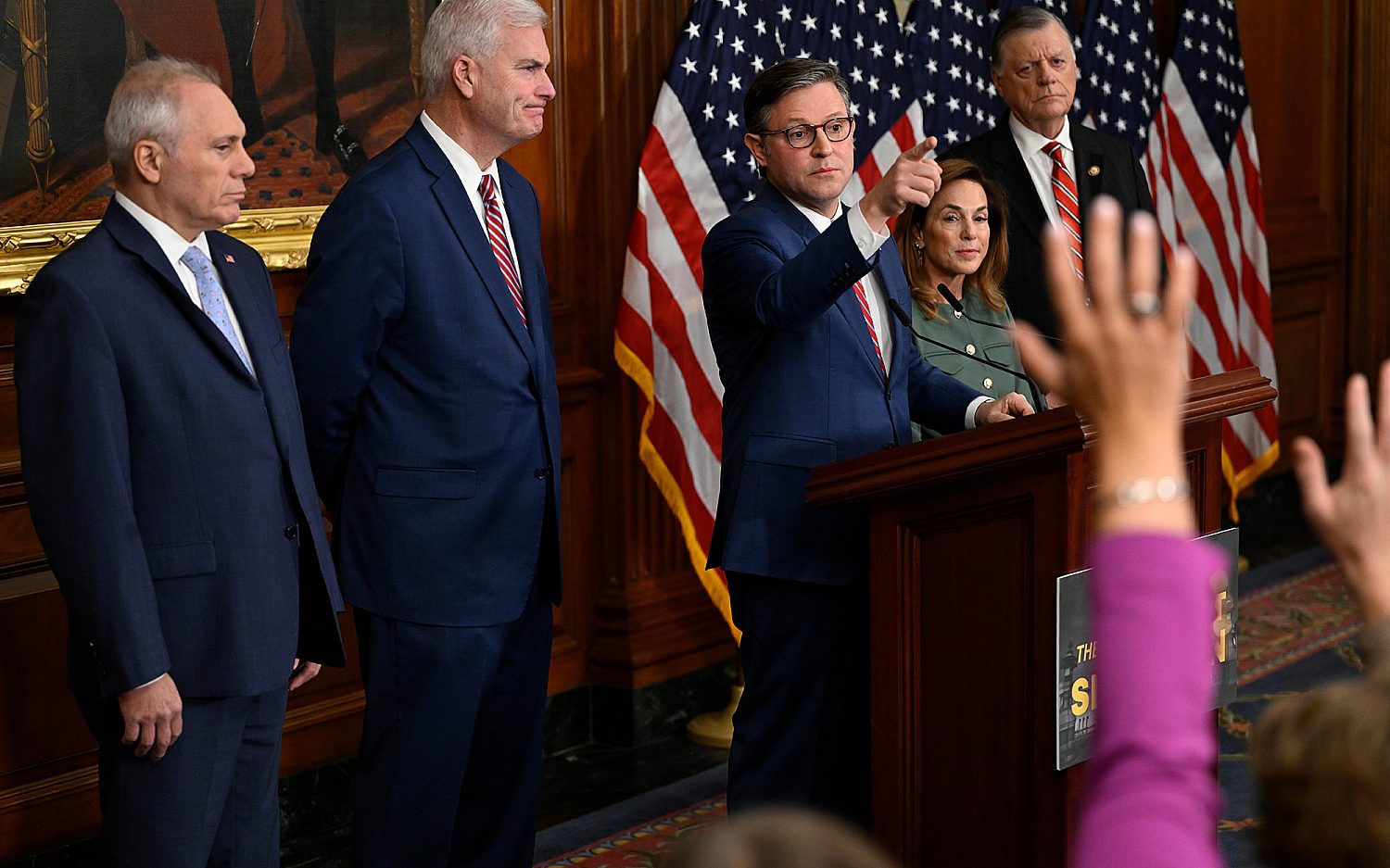Court's EPA rebuke is too little, too late for utilities
The U.S. Supreme Court on Monday blocked a major set of environmental rules restricting toxic emissions from power plants. The ruling is a victory for states and energy companies who complained of the high cost of compliance, but comes too late to relieve the financial strain on power plants, many of which have already installed expensive new pollution controls or shut down completely.
In its 5-4 decision, the court said the Environmental Protection Agency hadn’t properly taken financial impact into account when it first decided to regulate the pollutants. The regulations require power plants to reduce the amount of mercury and other toxic pollutants released into the atmosphere as coal and oil are burned to produce electricity.
“It is not rational, never mind ‘appropriate,’ to impose billions of dollars in economic costs in return for a few dollars in health or environmental benefits,” wrote Justice Antonin Scalia for the majority. The case, Michigan v. EPA, had hinged on whether the EPA properly followed the Clean Air Act, which requires pollution rules to be “appropriate and necessary.”
The EPA had argued that although it did not consider compliance costs and benefits when it first began writing the rules, it did so later in the process.
Notwithstanding its court loss on Monday, the EPA admitted the rule, which was first issued in 2011 and went into effect in April for some plants, had already achieved much of its intended effect.
“EPA is disappointed that the court did not uphold the rule, but this rule was issued more than three years ago, investments have been made, and most plants are already well on their way to making emissions reductions,” the agency said in a emailed statement. “EPA remains committed to ensuring that appropriate standards are in place to protect the public from the significant amount of toxic emissions from coal- and oil-fired electric utilities and continue reducing the toxic pollution from these facilities.”
Marita Noon, executive director of the Citizens’ Alliance for Responsible Energy, said it was unfortunate the ruling came after many utilities had already made compliance investments: “Just introducing the regulation forced expensive modifications and premature power plant closures—meaning increased rates for consumers and thousands of lost jobs.”
In disputing the EPA’s mercury and air toxics rule, the power industry disagreed with the agency’s assessment of benefits: The industry said the rule would rack up $9.6 billion annually in compliance costs as plants installed scrubbers to remove pollutants or shut down generators completely, while producing only $6 million in health benefits. But the EPA claimed the rule would produce $37 billion to $90 billion in benefits from improved health and fewer sick days at work.
The Supreme Court decision does not strike down the rule but requires the EPA to revise its analysis of costs and benefits. In the meantime, the rule will remain in effect while a lower court decides whether power plants must continue to abide by the existing regulations.
“The mere fact that the EPA wished to ignore the costs of its rules demonstrates how little the agency is concerned about the effects it has on the American people,” House Majority Leader Kevin McCarthy, R-Calif., said Monday. “Today’s decision firmly rejects the Obama administration’s circumvention of the democratic process and restores a dose of accountability to the increasingly unaccountable executive branch.”
Chief Justice John Roberts and Justices Samuel Alito, Clarence Thomas, and Anthony Kennedy joined with Scalia in the majority.
In her dissent, Justice Elena Kagan wrote, “The majority’s decision that EPA cannot take the same approach here—its micromanagement of EPA’s rulemaking, based on little more than the word ‘appropriate’—runs counter to Congress’s allocation of authority between the agency and the courts.”
The EPA is planning to release another major set of emission rules later this summer to restrict the release of carbon dioxide. The Clean Power Plan, like the air toxics rule, is expected to have a major impact on the energy industry and may drive up electricity rates.
An actual newsletter worth subscribing to instead of just a collection of links. —Adam
Sign up to receive The Sift email newsletter each weekday morning for the latest headlines from WORLD’s breaking news team.





Please wait while we load the latest comments...
Comments
Please register, subscribe, or log in to comment on this article.